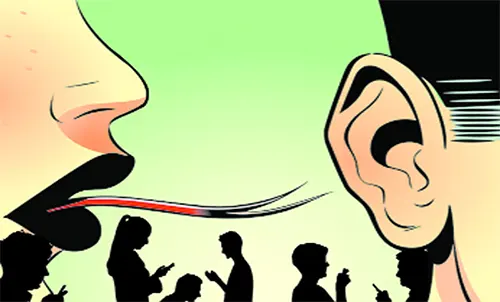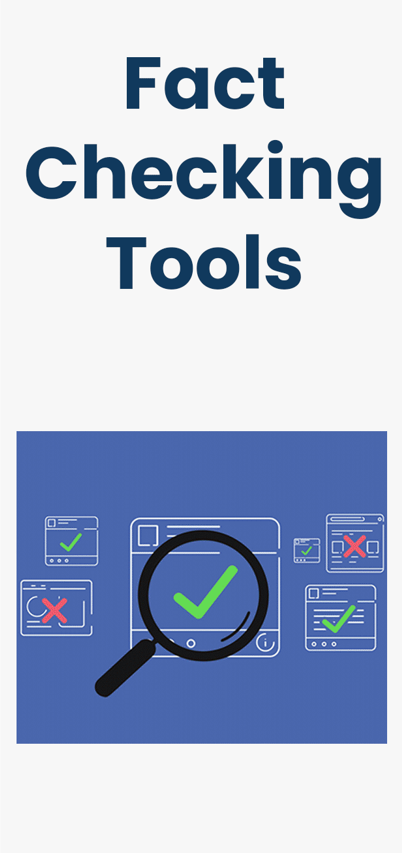
What is yellow journalism? Encyclopedia Britannica defines this as a form of journalism which uses “lurid features and sensationalized news in newspaper publishing to attract readers and increase circulation.” Primary objective of such journalism is to promote publication by whatever means without caring for facts. This phrase was coined in the 1890s when describing competition between two New York-based newspapers. However, this phrase was later used to describe all kinds of news which sacrifice facts or alter facts to suit the writer’s or even the newspaper’s political motives to malign opponents or denigrate them, be they individuals, groups, or a country.
The chief characteristics of yellow journalism are:
Shocking headlines
Sensational news
Exaggerated information
False narratives
Fake explanations
In previous times, when journalism was limited to print media only, it was difficult to separate truth from fiction when published in a newspaper. People accepted printed words as gospel without fact-checking since there was no other alternative than to rely on newspapers. People could not go out on personal investigation until the government, or any other credible institution, denied the narrative presented.
In these days, where information is not just limited to print media only and when information can be purveyed through multiple sources -- in particular the internet -- there is a plethora of information that is fed to the public on an hourly basis. In addition to social media, newspapers are also published on the web. There are your internet versions of regular newspapers, but also newspapers and news magazines which are exclusively internet-based. When some news appears in a newspaper that has both online and paper versions, there is a degree of reliability since the paper has a reputational aspect which forces them to fact check their reports. Unfortunately, it is not so with newspapers that are entirely web-based.
First, these institutions are relatively new, and as such they don’t have much reputation to adhere to. All they have to do is to increase their readership and subscription. That way they can attract more commercial value by increasing subscriptions. More people read their news, the more advertisements they can attract.
I am not painting all internet-based newspapers with the same brush, but two particular internet-based newspapers that I have been following recently have attracted me because of the sensational news these two have been purveying for the last few months. Their shocking headlines, sensational news and narratives, and pseudo analysis fall into the classical definition of yellow journalism. Unfortunately, information carried by these so-called newspapers is so attractive to a lot of people who want to believe in these false narratives that they freely circulate it and share with people increasing the papers’ popularity. And they do so because either they believe in such propaganda, or they do not check the facts before sharing it.
The only advice I can have for all is the traditional one for all consumers: Buyer beware. What is fed to you on the internet is not gospel
One of the internet-based newspapers, Mirror Asia -- supposedly based in Germany having both English and Bengali versions -- recently published a news report claiming a $500 million payoff received by the ex-prime minister of Bangladesh and her family from a Russian loan of several billions of dollars to build the Rooppur Nuclear Power Plant. The Russian ambassador vehemently denied this in a press briefing recently, stating that no one in sane mind could say that a Russian government agency would stoop to bribing anyone let alone a prime minister to get a job done in another country. "Imagine $5bn, it's a big amount; how can it be given to somebody when the construction is going on? Do you think we are so crazy to give $5bn to somebody?" he said.
The other is North East News, an internet news portal purportedly published from New Delhi to cover news about the seven Indian states in the North East. But funnily, the paper includes Bangladesh in all its issues, mainly providing sensational news about this country. Although not a part of India (thank God), Bangladesh has been featured in all its issues, the main and only reporter being a reputed Indian journalist who was formerly with the Times of India. His writings (I am not sure if someone else is using his name) last year were full of conspiracy theories about the Hasina government and conspiracies around the student movement we witnessed this year.
Now this writer is spreading rumours and gossip about the people who have been the vanguards of the movement. Particularly worrisome are the stories that his writings are spreading about minorities in Bangladesh and rise of Islamic militants. Like the news published in the Germany-based outlet, this news portal from India has also found much traction in Bangladesh, albeit for different audiences. As I said before, the news becomes viral and acceptable to people who like to entertain the kind of news acceptable to them and share it with people without fact checking. This is how yellow journalism spreads and survives because people do not want to check it.
Is there a way to stop yellow journalism? In the olden days it would have been possible because print journalism as an institution had its own standards, associations, and rules of what is acceptable journalism and what is not. In today’s world with a plethora of media there is no single standard or set of regulations which can bind the purveyors of news to adhere to. Anyone with a computer and access to the internet can publish anything without care for truth or accuracy. It is a free-for-all internet society.
The only advice I can have for all is the traditional one for all consumers: Buyer beware. What is fed to you on the internet is not gospel. Please verify any news or information with more than one source, and of course, please check the credibility of your source. Most of all, ask yourself, is what you are reading plausible?
News Courtesy:




